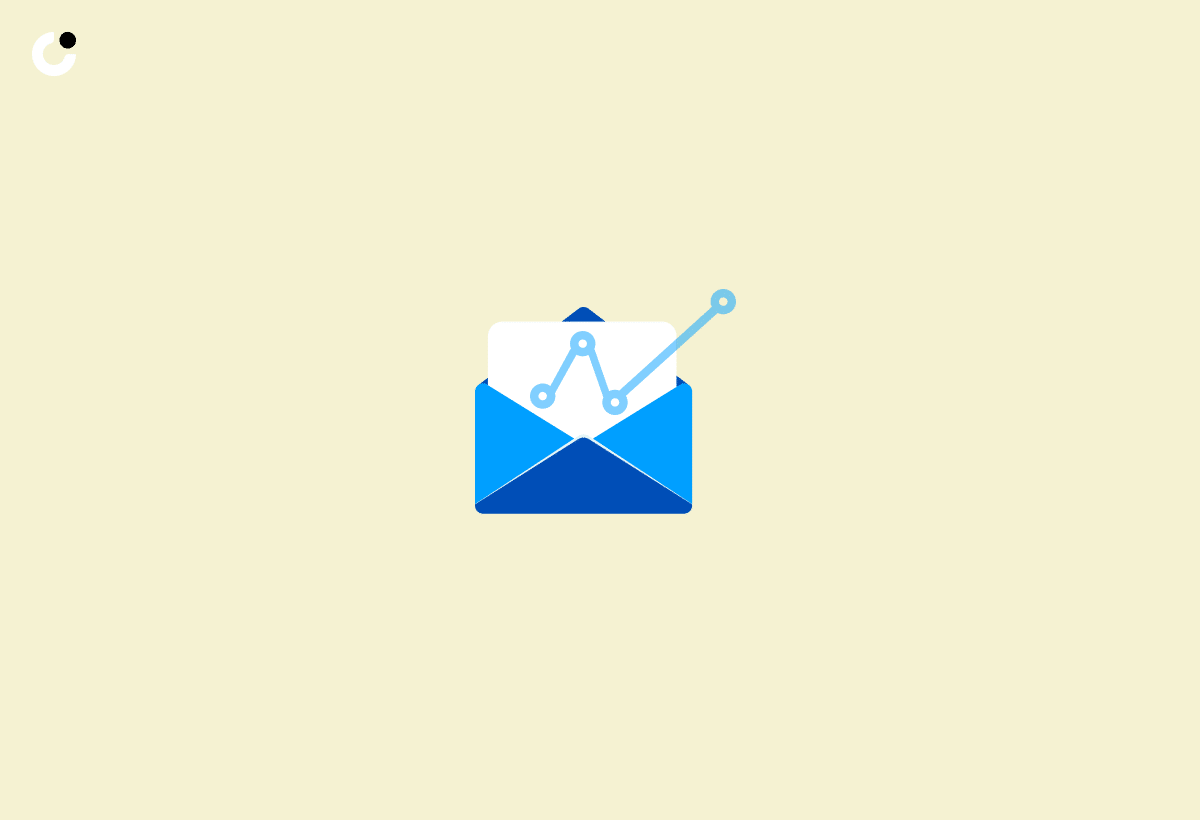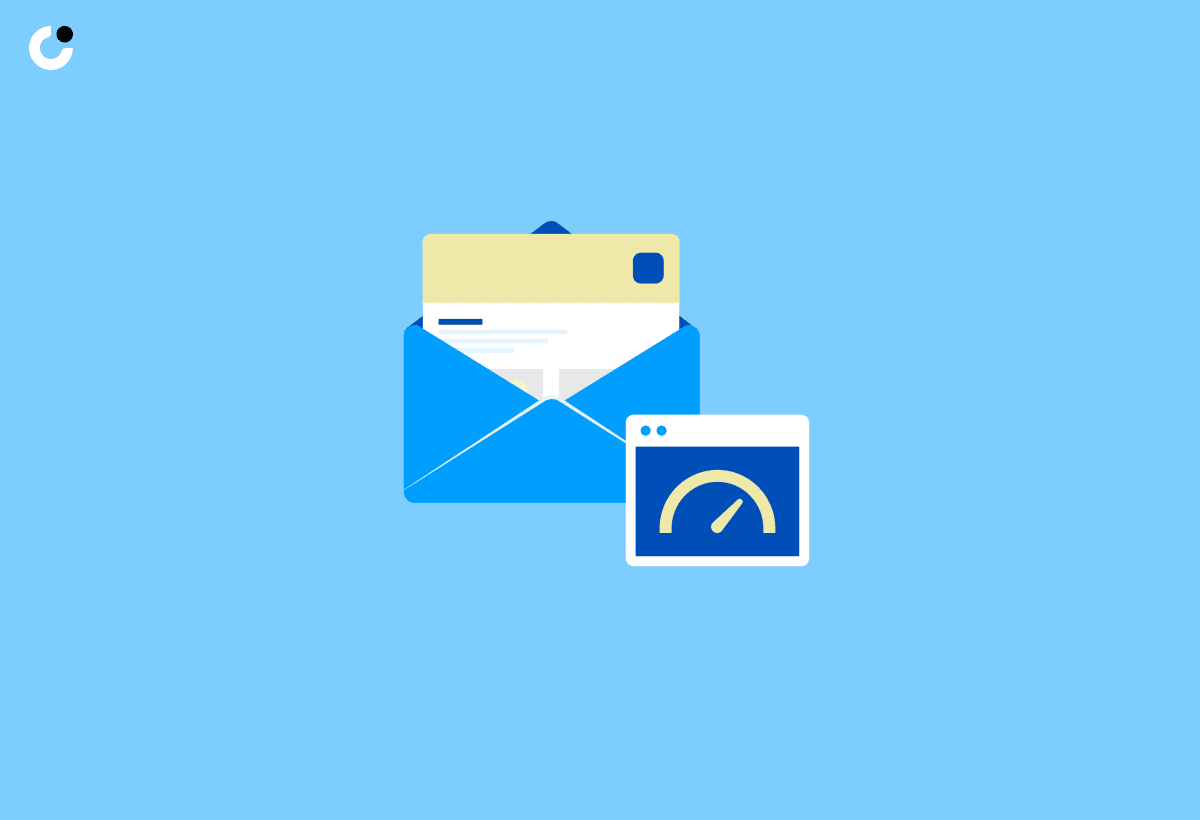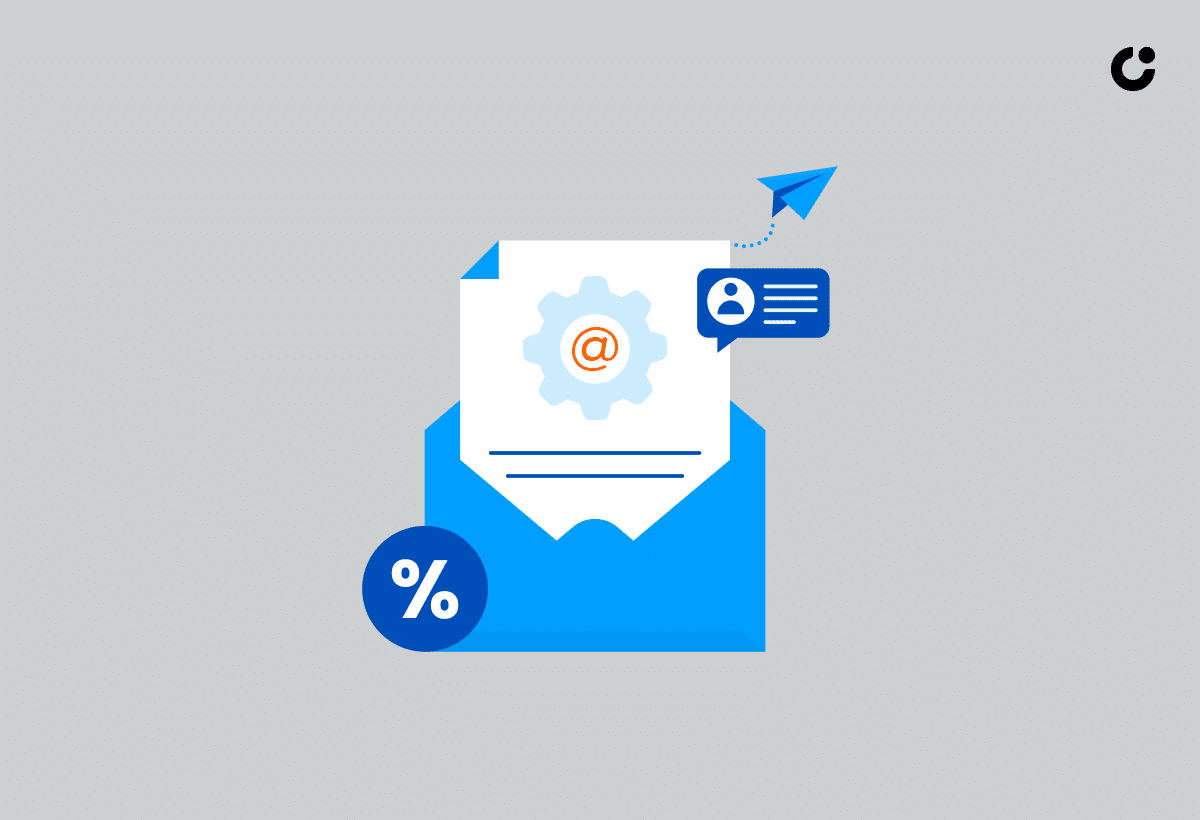In the competitive world of sales, every lead counts. But not all leads are created equal. Cold outreach vs warm outreach play vital roles in connecting with potential clients, but each requires a different approach. Discover how to maximize your sales outreach by understanding the strategic battle between cold outreach vs warm outreach, leveraging social media platforms, and utilizing data-driven insights to tailor your messages and follow-ups. The power of referrals and well-crafted email campaigns will also be explored, equipping you with the knowledge to convert leads into loyal customers.
Key Takeaways
- Understanding the essentials of cold outreach and crafting successful campaigns can increase chances of success.
- Personalization is key to a successful cold outreach campaign, while engaging existing relationships for warm leads helps generate higher conversion rates.
- Leveraging social media platforms, utilizing data insights, measuring email response rates and following up with both warm & cold leads are essential tactics in maximizing sales outreach efforts.
Understanding the Essentials of Cold Outreach

Cold outreach is a sales outreach strategy used to generate cold leads, involving reaching out to potential clients with whom there is no existing relationship. Despite its challenges, a successful cold outreach campaign can significantly boost your marketing efforts and expand your business reach. The success of a campaign depends on crafting messages that grab the recipients’ attention and cater to their needs, rather than merely promoting your company’s offerings. By understanding the differences between warm and cold outreach, you can tailor your approach to maximize the effectiveness of your outreach strategy.
Cold outreach strategies come in many forms. Examples include email campaigns, cold calls, and direct messages through social media platforms. Crafting successful cold outreach campaigns and personalizing cold emails are essential in capturing the attention of potential clients and generating interest in your company.
Crafting Successful Cold Outreach Campaigns

Cold outreach targets prospective customers who have not yet expressed interest in your product or service, aiming to generate cold leads and augment sales. To reach a cold lead effectively, various channels can be employed, such as:
- phone
- LinkedIn outreach
- direct mail
- social media outreach
The content for these campaigns should be directed towards engaging cold leads in the awareness stage of their journey, while warm outreach focuses on nurturing hot leads.
An effective cold outreach strategy should include personalized messages, utilize multiple channels and involve the experimentation of various tactics. This approach ensures that your messages resonate with your target audience and pique their interest, increasing the chances of success in your cold outreach efforts.
The Role of Personalization in Cold Emails

Personalization plays a significant role in the effectiveness of cold emails, as it has been known to increase response rates and establish a connection with the prospect. Effective personalization strategies include:
- Segmenting prospecting lists
- Analyzing top leads
- Mentioning common interests
- Highlighting mutual connections
Personalized subject lines can boost open rates by 100%, and incorporating multiple personalization elements in emails can result in a 140% increase in response rates.
Significant improvement in response rates and customer engagement can be achieved through:
- Recipient name usage
- Customization based on buyer persona
- Referencing common interests
- Timing your emails appropriately
This attention to detail contributes to a successful cold outreach campaign, setting the stage for building trust and nurturing leads.
Deciphering Warm Outreach Mechanics

Warm outreach, on the other hand, is a marketing strategy focused on connecting with prospects who have already established a connection with or demonstrated interest in your company. Warm leads are potential customers who have shown interest in your brand, product, or service, and have made contact with or requested contact from your company. By engaging with warm leads, you can harness the advantages of an existing relationship and move them further down the sales funnel more efficiently.
Generating and nurturing warm leads demands active engagement with existing relationships and the provision of interactive content that proves valuable to potential clients. By analyzing warm lead behavior and tailoring your follow-ups, you can maintain engagement and increase the likelihood of conversion.
Engaging Existing Relationships for Warm Leads

To generate warm leads, you can leverage existing networks, such as contacts, colleagues, and past customers, providing value-added content like case studies, blog entries, and personalized messages. These leads, such as those whose contact information has been captured after a webinar or those referred to your brand by another client, are more likely to convert due to their prior connection with your company.
A rich source of warm leads can be accessed by building connections with acquaintances and associates. Those who have become acquainted with your company through their own research are also prime targets for warm outreach, as there is already an established level of trust present. Engaging with these warm leads and providing relevant information tailored to their needs can significantly increase the chances of conversion.
Nurturing Warm Leads Through Interactive Content

Nurturing warm leads can be greatly facilitated by interactive content such as:
- Animated infographics
- Assessments
- Calculators
- Quizzes
Providing personalized messaging that demonstrates your commitment to understanding their needs and offering a suitable solution can help build trust and move them closer to a sale.
Utilizing strategies like smart CTAs, creating content sourced from the sales team, and following up with warm leads through email and phone calls can significantly improve engagement and education. By providing enriching content tailored to your warm leads’ specific interests and requirements, you foster trust and increase the likelihood of conversion.
Comparing Conversion Rates: Cold vs Warm

Even though cold and warm outreach both have significant roles in the sales process, warm leads usually convert at a higher rate due to pre-existing interest and a connection with your company. On the other hand, cold leads require more effort to establish trust and interest, making the conversion process more challenging. In the context of cold and hot leads, the average conversion rates for B2B cold leads vary depending on the industry and specific circumstances, with averages ranging from 1.4% to 3.2%.
Focusing on warmer leads and identifying the most efficient paths into an account through sales trigger events, such as job changes, can help significantly shorten sales cycles. This is highly recommended for improved B2B sales prospecting. By prioritizing warm leads and leveraging the trust they have already established with your company, you can enhance your sales outreach and increase your conversion rates.
Leveraging Social Media Platforms for Outreach

Platforms like LinkedIn offer an effective means for generating both cold and warm leads by:
- Fostering relationships and starting conversations with potential clients
- Connecting with influencers
- Customizing outreach
- Establishing an ideal customer profile
By following these strategies, you can reach your target audience and engage with them on a more personal level.
Utilizing social media for cold leads entails searching for the target audience and engaging with them, while employing social media for warm leads entails exploring new leads among your followers. By implementing best practices for initiating conversations and building relationships on social media, you can maximize your outreach efforts and generate more warm leads.
Building Relationships on Social Media

Building relationships with potential customers on social media networks aids in the creation of warm leads and broadens your sales outreach. By engaging genuinely and providing valuable content, you can build trust and credibility with your target audience. However, to effectively build relationships on social media, you must avoid common mistakes, such as overposting, sharing irrelevant content, and disregarding comments and engagement.
Utilizing direct messaging on social media platforms can aid in creating warm leads by enabling businesses to interact directly with their target audience. By sending personalized messages to prospective leads, you can construct a connection and provide useful information or offers. Direct messaging also allows for real-time communication, making it easier to address any queries or issues that prospective leads may have.
Initiating Cold Outreach on Social Media

Starting a cold outreach on social media platforms necessitates a delicate balance between respecting user privacy, avoiding intrusive behavior, and maintaining engagement with potential clients through personalized messages that cater to their needs and interests. By researching and engaging with prospects on their social media profiles, you can generate cold leads and begin the process of building relationships and trust.
To create a successful cold outreach campaign on social media platforms, follow these steps:
- Connect with influencers in your industry to expand your reach and credibility.
- Personalize your messages to capture the attention of your target audience. Show that you have done your research and understand their needs.
- Follow up with engaging content and interactions tailored to their needs and interests. Provide value and build a relationship with your prospects.
- Utilize social media platforms for both cold and warm lead generation. This will help you expand your sales outreach and increase your chances of conversion.
By following these steps, you can create an effective cold outreach campaign on social media.
Data-Driven Insights for Tailored Outreach

Data analysis from outreach campaigns can offer valuable insights for refining strategies and customizing messages for both cold and warm leads. Monitoring and analyzing data from sources like:
- customer information
- surveys
- feedback forms
- persona mapping
can guide decisions that enhance the effectiveness of your outreach efforts.
Various tools that can be utilized to monitor and analyze sales outreach data include:
- HubSpot Sales Prospecting Tools
- Zendesk Sell Sales Analytics Software
- Outreach Tools
- Salesloft Analytics
By leveraging data-driven insights, you can tailor your outreach messages to the specific needs of your leads, enhancing your sales outreach and improving your conversion rates.
Measuring Success with Cold Outreach Emails

Tracking open and response rates of cold emails is crucial for gauging their effectiveness and making necessary adjustments. Tools such as Mailchimp, HubSpot, Yesware, or Outreach can be used to track open rates for cold outreach emails, providing metrics on the number of emails sent, opened, replied to, and converted. The typical response rate for cold emails is generally between 10-15%, indicating that for every 100 cold emails sent, an estimated 10-15 people will respond.
By analyzing the open and response rates of your cold outreach emails, you can:
- Identify areas for improvement
- Make adjustments to your email campaigns
- Optimize your outreach efforts
- Ensure that your messages resonate with your target audience
- Generate interest in your company
Analyzing Warm Lead Behavior for Follow-Ups

Monitoring warm lead engagement with your content and interactions is essential in determining the best time and method for follow-ups. Tools that can be used to monitor and analyze warm lead behavior include:
- Google Analytics
- Activity tracking tools
- Lead generation data gathering tools
- Customer relationship management (CRM) tools like HubSpot
Understanding warm lead behavior and tailoring your follow-ups accordingly can significantly increase the likelihood of conversion. By providing relevant and valuable content, addressing the specific needs of your leads, and utilizing data-driven insights, you can enhance your sales outreach and improve your conversion rates.
Integrating Email Campaigns into Sales Outreach

Integrating email campaigns into your sales outreach involves:
- Designing and implementing email campaigns for both cold and warm leads
- Effectively nurturing leads and guiding them through the sales funnel
- Maintaining the interest of your leads and gradually moving them toward a sale
With well-crafted email campaigns, you can effectively engage with your leads and increase your chances of closing a sale.
Successful integration of email campaigns into your sales outreach involves understanding the distinctive needs of both cold and warm leads, and customizing your messaging to suit these needs. By providing valuable information and personalized content, you can maintain engagement and increase the likelihood of conversion.
Designing Email Campaigns for Warm Leads

Creating targeted email campaigns for warm leads requires a focus on providing valuable information and personalized content to maintain their interest. By planning the flow of your emails and crafting comprehensive campaigns, you can effectively cater to the needs of your warm leads and move them closer to a sale.
It’s also crucial to maintain engagement with warm leads in your email campaigns. Here are some strategies to consider:
- Personalize emails to make them feel more tailored to the recipient.
- Provide valuable content that is relevant and helpful to your leads.
- Utilize drip marketing to send a series of automated emails over time.
- Follow up with phone calls to further nurture the relationship.
By implementing these tactics, you can ensure your warm leads remain engaged and interested in your company.
Effective Follow-Ups with Cold Leads

Developing effective follow-up strategies for cold leads involves addressing their needs and establishing trust. To achieve this, focus on:
- Being consistent and reliable
- Being relevant and helpful
- Being respectful and courteous
- Being authentic and transparent
- Being responsive in your follow-ups.
To optimize your follow-up process, consider the 3x3x3 rule – contacting the lead three times, via three distinct methods, within a period of three weeks following the initial contact. By implementing a well-rounded follow-up strategy, you can revive older leads and maximize their potential, increasing your chances of converting them into loyal customers.
The Power of Referrals in Warm Outreach

Referrals, coming from trusted connections with a higher likelihood of conversion, serve as a potent source of warm leads. Implementing referral programs can incentivize existing clients and connections to generate more warm leads for your business.
A successful referral program should offer attractive incentives, have a simple referral process, and maintain transparent communication. By leveraging the power of referrals and implementing a well-designed referral program, you can obtain more warm leads and grow your sales outreach.
Summary
In conclusion, understanding the strategic battle between cold and warm outreach is crucial for maximizing your sales outreach. By leveraging social media platforms, utilizing data-driven insights, and implementing well-crafted email campaigns, you can effectively engage and convert both cold and warm leads. Don’t underestimate the power of referrals in warm outreach – by tapping into your existing connections and networks, you can generate more warm leads and ultimately boost your sales.
Frequently Asked Questions
What is the difference between cold and warm outreach?
Cold Outreach involves pitching a product or service to people with no prior relationship, while Warm Outreach involves leveraging existing relationships for the same purpose. Cold Outreach has a larger pool of potential contacts but is more difficult to achieve success with.
What are examples of warm outreach?
Warm outreach is the process of reaching out to potential customers or clients with whom you already have a prior connection, such as a meeting, mutual contacts, a referral, or a conversation.
What is the warm outreach strategy?
Warm outreach is the process of connecting with potential customers who you already have a prior connection with, such as a previous meeting, mutual contacts, a referral, or an earlier conversation.
How can personalization improve the effectiveness of cold emails?
Personalization in cold emails builds a sense of connection, resulting in increased open rates and engagement. This helps to make the email more effective.
What are the advantages of referral programs for warm lead generation?
Referral programs can significantly enhance warm lead generation, establishing trust and credibility, bringing in focused leads, being cost-effective, utilizing word-of-mouth marketing, and increasing customer loyalty.

